The main problem is so-called hydrogen embrittlement, which primarily affects high-strength materials such as pipeline steel or steel wires in prestressed concrete bridges. When hydrogen builds up, the strength of the material is reduced and minor damage and cracks can occur that can seriously jeopardise the pipeline or bridge.
Hydrogen accumulates in small quantities that can very slowly lead to damage in weld seams or through corrosion. In practice, this problem has not been at the forefront until now. But with the prospect of "green" hydrogen becoming the energy carrier of the future for industrial processes on a large scale, the volumes of hydrogen accumulated mainly in pipelines will soon increase.
"There are test standards for the compressive and tensile strength of steels to which a newly developed steel must be subjected for pipeline construction. But there is no comprehensive standardised procedure for testing how steel reacts with hydrogen," says Florian Schäfer from Saarland University.
Platemaker Dillinger hopes to be able to offer steels that are less sensitive to hydrogen and therefore more suitable for the transition to a "hydrogen economy" than the steels used to date.


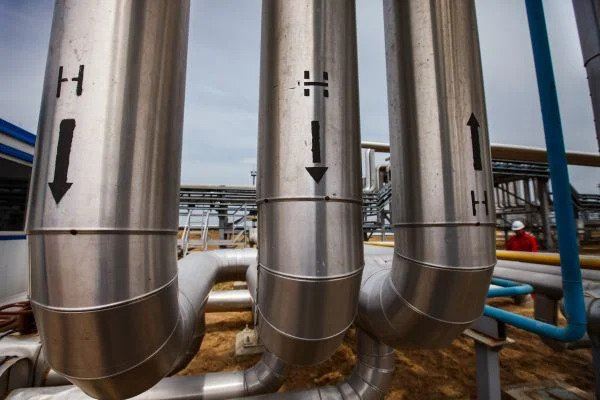

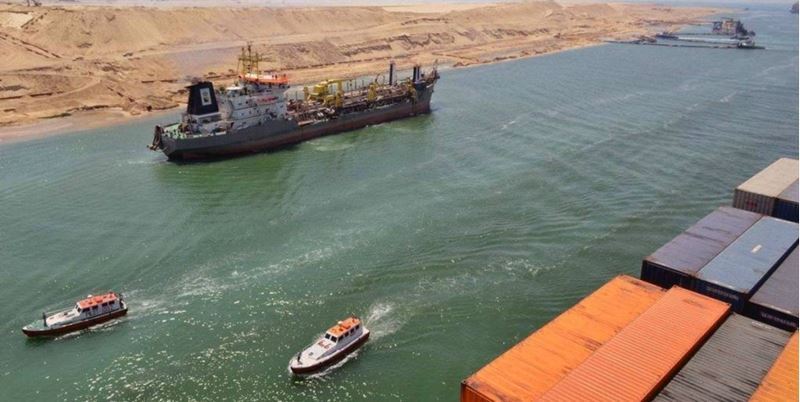
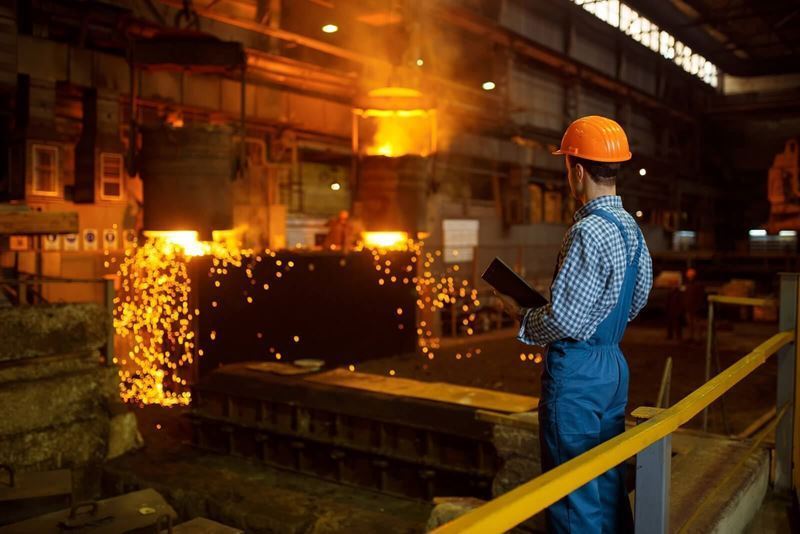
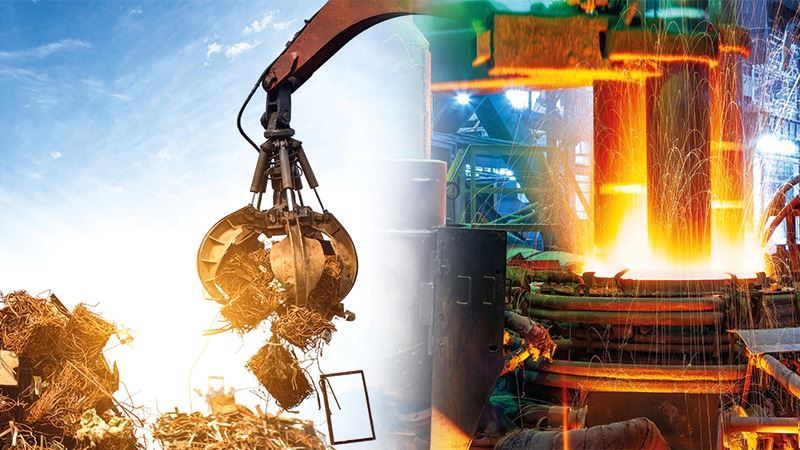
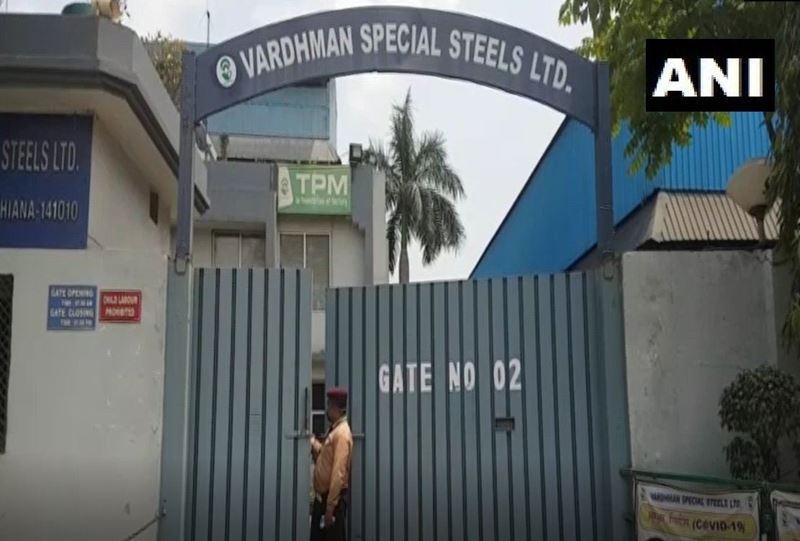



Comments
No comment yet.